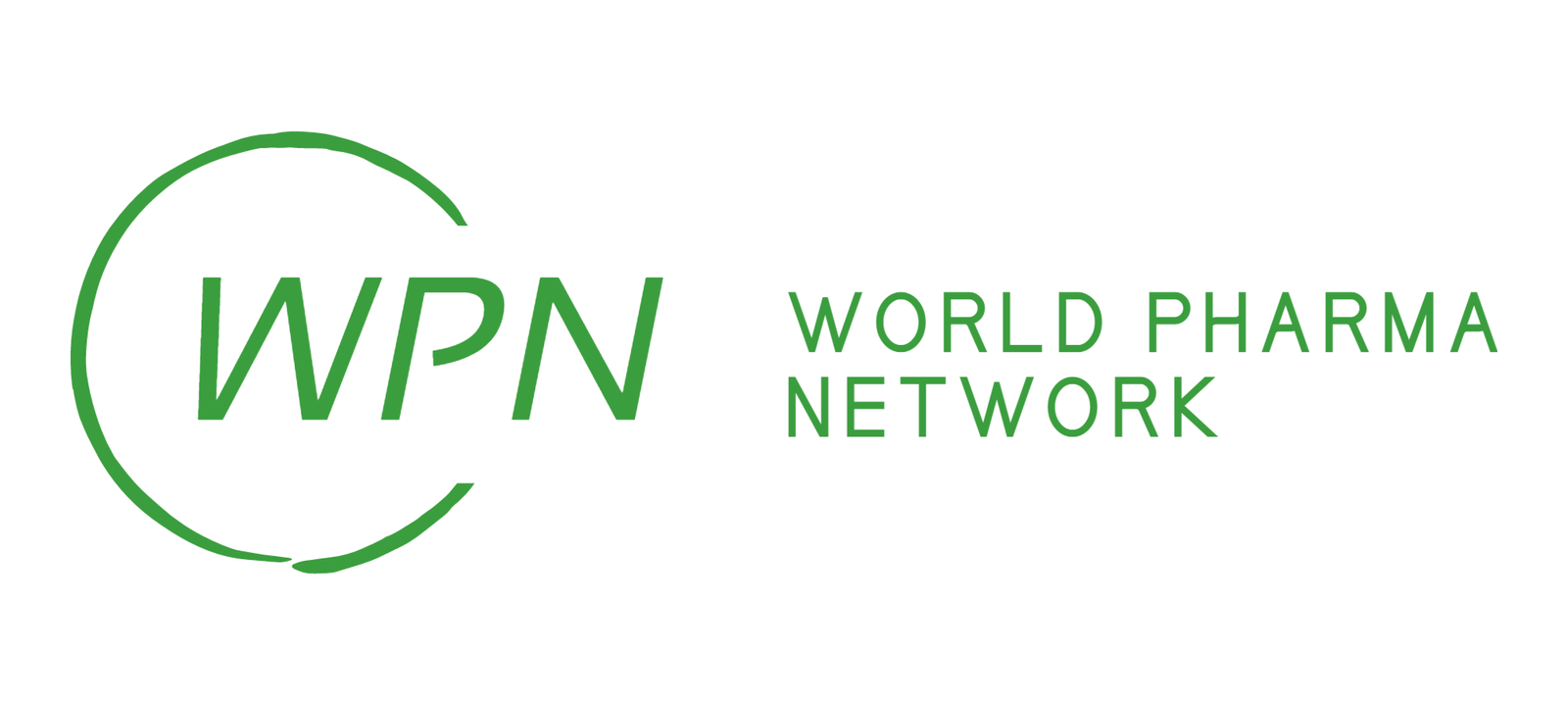Until the 1960s, medical procedures and radiation were the backbones of malignant growth therapy; Drugs were not regarded as cancer “cures.” Drug therapies, except hormone therapy for men with prostate cancer in the late 1930s, only provided brief, partial remission. Then, the Public Disease Demonstration of 1937 offered help for malignant growth research, setting up the Public Malignant Growth Organization (NCI), and specialists and analysts started to focus harder on utilizing substance specialists and medications against malignant growth. The principal leap forwards came during the 1960s and mid-1970s when chemotherapies effectively treated grown-ups with Hodgkin’s lymphoma and youngsters with leukemia. Today, more than 600 medications are supported in the U.S. to treat disease. The vast majority of this fall into three principal classes — chemotherapy, immunotherapy, and designated treatment — and neutralize disease in various ways.
Chemotherapy assaults disease cells
Chemotherapy drugs kill disease cells by preventing them from developing and increasing. If the cells can’t develop and duplicate, they generally pass on. Some chemotherapy drugs work during a particular phase of the phone cycle. To deliver drugs when they will be most effective, chemotherapy is administered in treatment cycles. Treatment periods are frequently exchanged with rest periods to permit your body time to get more grounded before the following round or “cycle” of chemotherapy.
While chemotherapy medicates assault disease cells that develop and reproduce rapidly, chemotherapy sedates additionally assault a few ordinary sound cells that develop and duplicate rapidly, like platelets, cells in the hair follicles, and cells in the covering of the gastrointestinal system. Sadly, many of the common side effects of chemotherapy, like hair loss, nausea, vomiting, diarrhea, and low blood cell counts, are caused by this. An increased risk of infection, fatigue, and bleeding are the consequences of these side effects. Luckily, these quickly partitioning solid cells are typically ready to fix themselves after chemotherapy has finished.
Instances of chemotherapy
- Alkylating specialists: Temozolomide, carmustine, and cyclophosphamide
- Alkaloids from plants: Paclitaxel, vinblastine, and vincristine
- Antitumor antibodies:
- Antimetabolites: Rituximab, Trastuzumab, and Pembrolizumab Methotrexate, Cytarabine, Fluorouracil
- Topoisomerase inhibitors: Etoposide, Irinotecan, Topotecan
Incidental effects will rely upon your well-being before therapy, your sort of disease, and the sort and portion of the medications. Chemotherapy can cause sickness, loose bowels, weariness, the expanded risk for draining and contamination, hair diminishing or misfortune, mouth injuries, clogging, taste changes, loss of craving, and nerve and skin issues.
Immunotherapy mounts your guards
Your safe framework includes the numerous organs and tissues of the lymphatic framework and a few sorts of white platelets. Regularly, your invulnerable framework assaults unfamiliar or unusual cells, yet disease cells are tricky and can “stow away” from the resistant framework to stay away from discovery. Drugs used in immunotherapy, also known as biotherapy, target the capacity of cancer cells to conceal themselves from the immune system. The immune system can locate and eradicate cancer cells by marking them with some immunotherapy drugs.
Kinds of immunotherapies
- Designated spot inhibitors disrupt how malignant growth cells keep away from an assault by the safe framework, instead of focusing on the cancer straightforwardly. Instances of designated spot inhibitors incorporate Keytruda® (pembrolizumab) and Opdivo® (nivolumab).
- Supportive cell treatment intends to help the inherent capacity of your Lymphocytes to battle disease. T-cells from your tumor will be tested by your cancer team. In a process that can take anywhere from two to eight weeks, the T-cells that are most effective against your cancer are grown in a laboratory and multiplied in large numbers. During this time, you might have chemotherapy as well as radiation treatment to decrease the number of resistant cells in your body. Through an intravenous (IV) line, the numerous T-cells grown in the laboratory and the most active against your cancer are given back to you following these treatments to attack the cancer cells. Instances of versatile cell treatment incorporate Kymriah® (tisagenlecleucel) and Yescarta™ (axicabtageneciloleucel).
- Monoclonal antibodies are proteins of the immune system made in a lab that are made to attach to specific targets on cancer cells. A few monoclonal antibodies mark malignant growth cells so the resistant framework can identify and go after them. Herceptin® (trastuzumab) and Erbitux® (cetuximab) are two examples of monoclonal antibodies.
- Therapy immunizations neutralize malignant growth by supporting your safe framework’s reaction to disease cells. The vaccines that aid in disease prevention and treatment are distinct. An illustration of a treatment immunization is Provenge® (sipuleucel-T).
Skin reactions or issues, flu-like symptoms (aches, fever), diarrhea, fatigue, infection risk, and inflammation are all potential immunotherapy side effects.
Designated treatment blocks disease development
This class of medications works by slowing down specific atoms or “focuses on” that are vital to the disease cells’ capacity to develop and spread. Chemotherapy drugs aim to kill cancer cells directly, whereas targeted therapies block the growth of cancer cells without harming healthy cells. Most designated treatments are either monoclonal antibodies, which join to proteins outwardly of the malignant growth cell, or little atoms, which target explicit proteins inside the disease cells. Specialists persistently search for new “focuses” on or inside the disease cells for these treatments.
- Hormone therapies slow or stop the growth of cancers that need those hormones to grow. These are examples of targeted therapies. Arimidex® (anastrozole) and Lupron® (leuprolide) are two examples.
- Angiogenesis inhibitors prevent the tumor from developing the new blood vessels that it requires to continue growing. Zaltrap® (ziv-aflibercept) and Avastin® (bevacizumab) are two examples.
- Inhibitors of signal transduction prevent a cell from receiving signals from one molecule to another, such as the signal for the cell to divide and grow. Herceptin® (trastuzumab) and Gleevac® (imatinib) are two examples.
- Apoptosis inducers make disease cells powerless against the ordinary cell process called apoptosis, which guides old cells to bite the dust. Bortezomib-based Velcade® and olaparib-based LynparzaTM are two examples.
Designated treatments do have a few constraints. The disease can become safe, and the medications never make the ideal difference again. To avoid this, designated treatments are often given in blend with other disease drug treatments. Results of designated treatments incorporate looseness of the bowels, hypertension, skin rashes, and issues with liver capability, wound mending, and blood thickening. For many patients, drug therapies are a part of their treatment plan to get rid of cancer, control it, alleviate symptoms, and make life be

